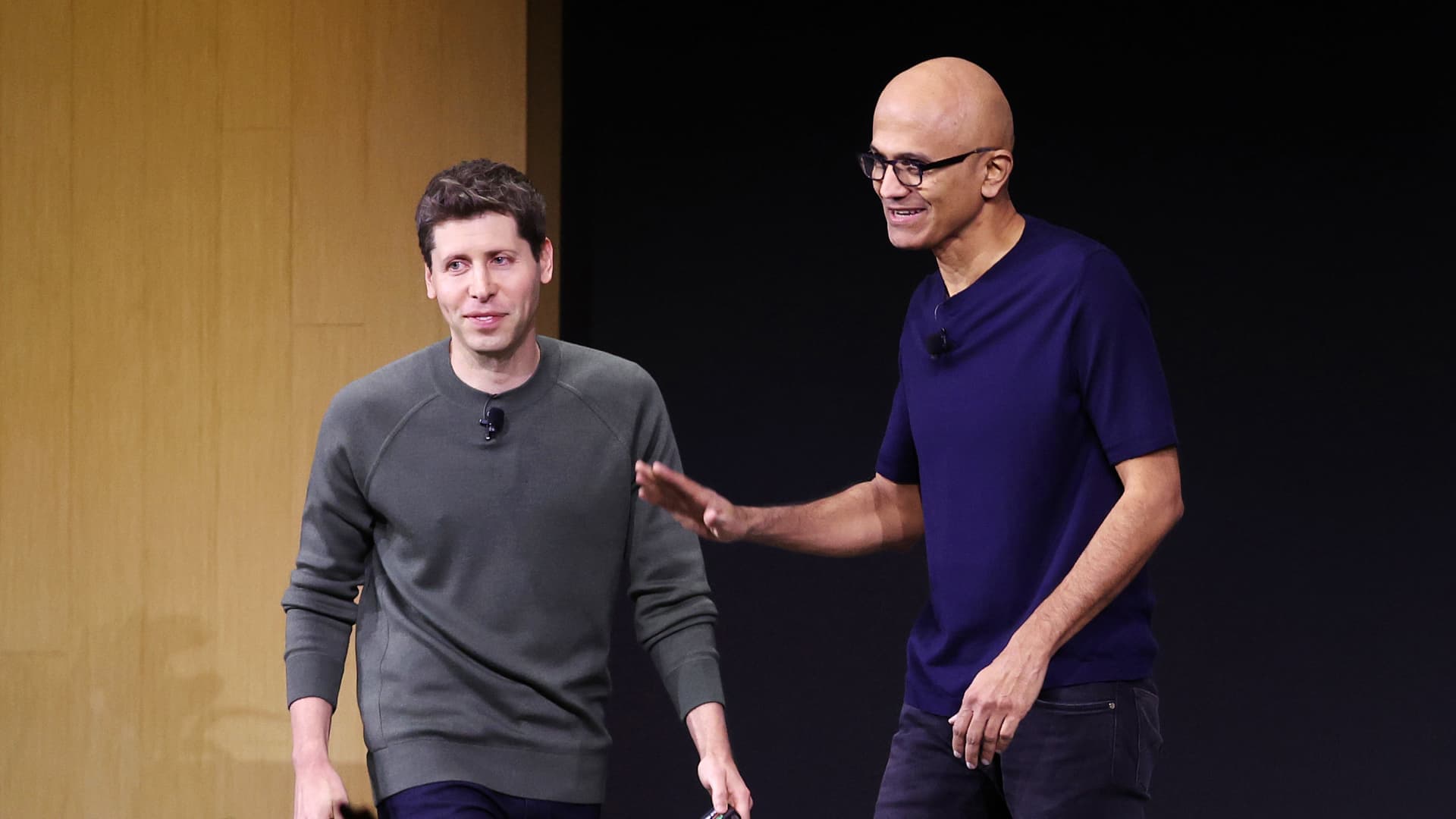- cross-posted to:
- [email protected]
- cross-posted to:
- [email protected]
Microsoft, OpenAI sued for copyright infringement by nonfiction book authors in class action claim::The new copyright infringement lawsuit against Microsoft and OpenAI comes a week after The New York Times filed a similar complaint in New York.



What does this mean? I don’t care what you (claim) your model “could” do, or what LLMs in general could do. What we’ve got are services trained on images that make images, services trained on code that write code etc. If AI companies want me to judge the AI as if that is the product, then let them give us all equal and unrestricted access to it. Then maybe I would entertain the “transformative use” argument. But what we actually get are very narrow services, where the AI just happens to be a tool used in the backend and not part of the end product the user receives.
Talking about “style” is misleading because “style” cannot be copyrighted. It’s probably impractical to even define “style” in a legal context. But an LLM doesn’t copy styles, it copies patterns, whatever they happen to be. Some patterns are copyrightable, eg a character name and description. And it’s not obvious what is ok to copy and what isn’t. Is a character’s action copyrightable? It depends, is the action opening a door or is it throwing a magical ring into a volcano? If you tell a human to do something in the style of GRRM, they would try to match the medieval fantasy setting and the mood, but they would know to make their own characters and story arcs. The LLM will parrot anything with no distinction.
This is a false equivalence between how an LLM works and how a person works. The core ideas expressed here is that we should treat products and humans equivalently, and that how an LLM functions is basically how humans think. Both of these are objectively wrong.
For one, humans are living beings with feelings. The entire point of our legal system is to protect our rights. When we restrict human behavior it is justified because it protects others; at least that’s the formal reasoning. We (mostly) judge people based on what they’ve done and not what we know they could do. This is not how we treat products and that makes sense. We regulate weapons because they could kill someone, but we only punish a person after they have committed a crime. Similarly a technology designed to copy can be regulated, whereas a person copying someone else’s works could be (and often is) punished for it after it is proven that they did it. Even if you think that products and humans should be treated equally, it is a fact that our justice system doesn’t work that way.
People also have many more functions and goals than an LLM. At this point it is important to remember that an LLM does literally one thing: for every word it writes it chooses the one that would “most likely” appear next based on its training data. I put “most likely” in quotes because it sounds like a form of prediction, but actually it is based on the occurrences of words in the training data only. It has nothing else to incorporate to its output, and it has no other need. It doesn’t have ideas or a need to express them. An LLM can’t build upon or meaningfully transform the works it copies, it’s only trick is mixing together enough data to make it hard for you to determine the sources. That can make it sometimes look original but the math is clear, it is always trying to maximize the similarity to the training data, if you consider choosing the “most likely” word at every step to be a metric of similarity. Humans are generally not trying to maximize their works’ similarity to other peoples’ works. So when a creator is inspired by another creator’s work, we don’t automatically treat that as an infringement.
But even though comparing human behavior to LLM behavior is wrong, I’ll give you an example to consider. Imagine that you write a story “in the style of GRRM”. GRRM reads this and thinks that some of the similarities are a violation of his copyright so he sues you. So far it hasn’t been determined that you’ve done something wrong. But you go to court and say the following:
How do you think the courts would view any similarities between your works? You basically confessed that anything that looks like a copy is definitely a copy. Are these characters with similar names and descriptions to GRRM’s characters just a coincidence? Of course not, you just explained that you chose those names specifically because they appear in GRRM’s works.